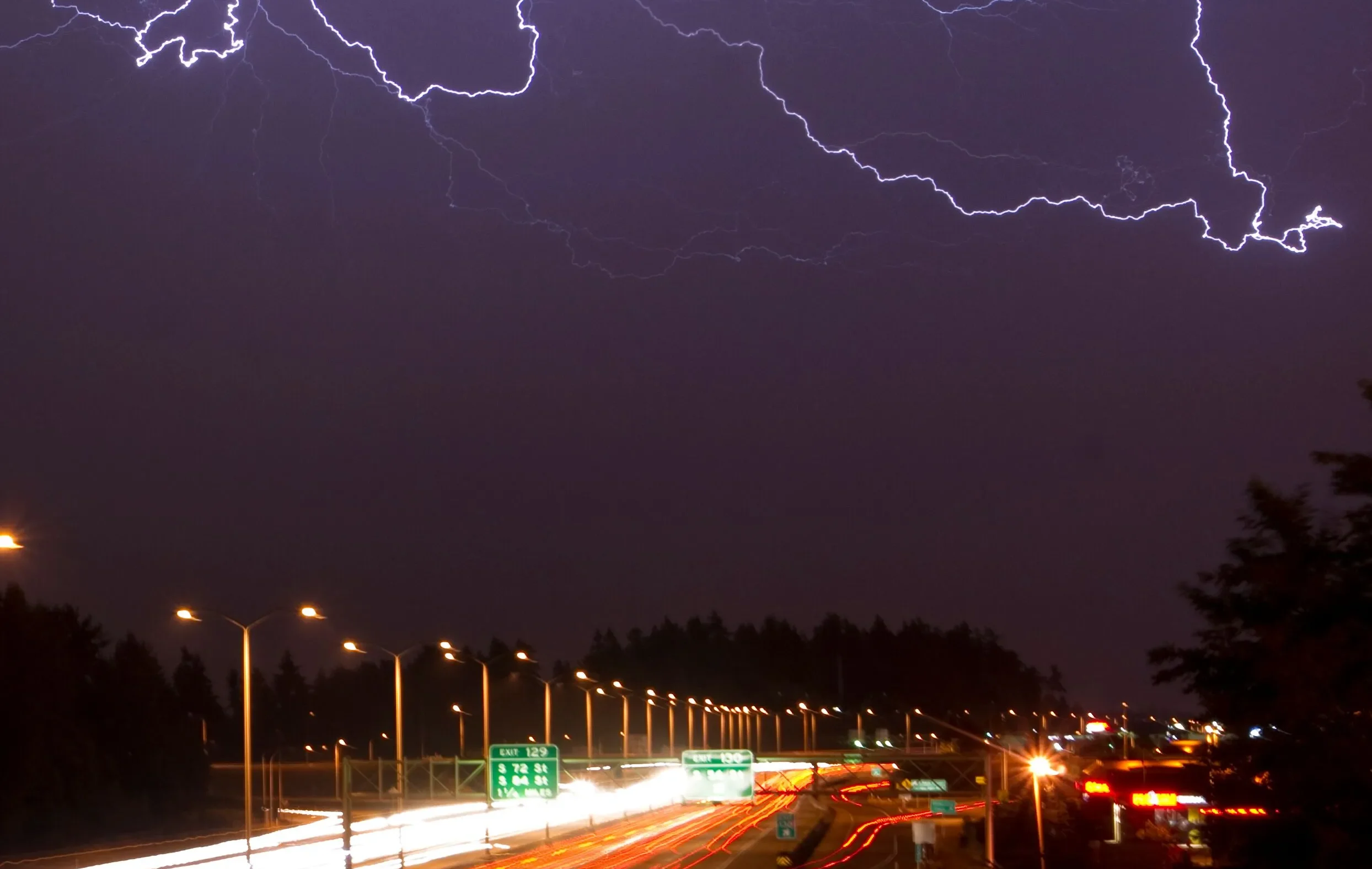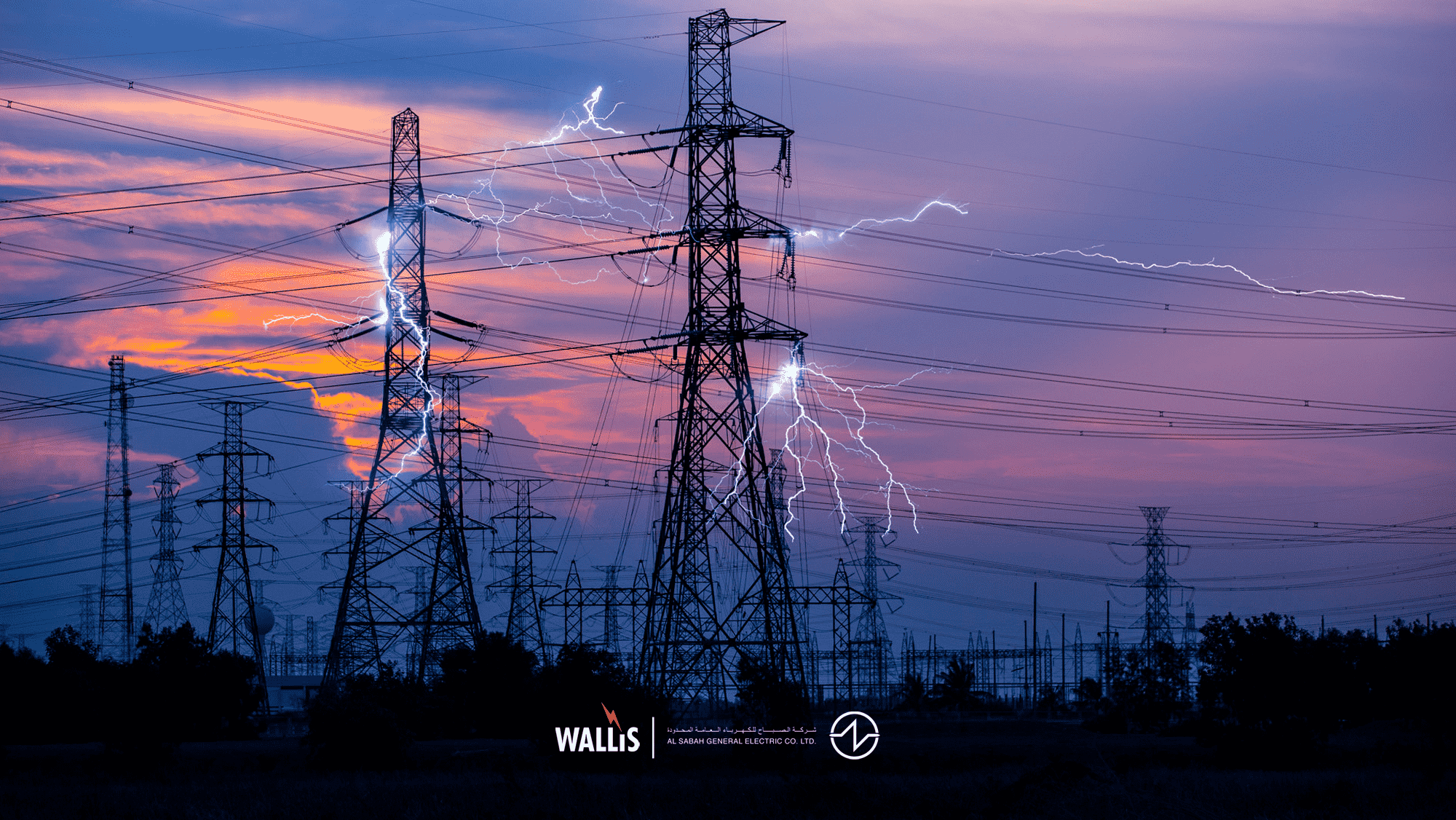Join us in this illuminating expedition as we navigate the thunderous skies, arming ourselves with knowledge and techniques to master the art of lightning risk assessment effectively. It’s time to strike a balance, where nature’s brilliance harmonizes with our commitment to safety and preparedness.
In this exploration, we embark on a journey to unravel the intricacies of lightning risk assessments, seeking not only to comprehend the reasons behind evaluating such risks but also to equip ourselves with the tools necessary to fortify against the unpredictable forces of the skies. As we navigate through the nuanced landscape of lightning protection, we will delve into the vital aspects of securing our spaces, understanding the compelling motivations for assessing risks, and forging a link between risk assessments and the indispensable practice of lightning grounding.
What we are talking about in this article?
Everything We Need to Know About Lightning Risk Assessments
In the ever-shifting tapestry of weather phenomena, lightning strikes stand as nature’s electrifying spectacle, capable of both awe and destruction. To navigate this dynamic dance of electrical currents, understanding and effectively assessing the risks associated with lightning becomes paramount. A comprehensive lightning risk assessment serves as the beacon guiding us through the storm, providing insights that go beyond the visible flash.
At its core, a lightning risk assessment involves a meticulous evaluation of the potential dangers posed by lightning strikes to structures, human lives, and critical infrastructure. It goes beyond the surface, unraveling the complexities of atmospheric interactions and strike probabilities. Understanding the geographical and topographical factors influencing lightning incidence becomes crucial in this journey. This assessment dives deep into the intricacies of lightning protection systems, shedding light on the installation and maintenance practices necessary for a robust defense against nature’s electrical fury.
As we explore, we embark on a journey of enlightenment, arming ourselves with the knowledge and techniques needed to decipher the language of lightning and fortify our environments against its unpredictable forces. From risk evaluation methodologies to the role of technology in lightning protection, this comprehensive overview ensures that we not only navigate the storm but emerge resilient in the face of nature’s dazzling yet formidable display.
The Impact of Lightning on Different Building Types
Lightning strikes can have varying effects on different types of buildings due to their unique structural features and uses. For example, residential buildings often house critical electronic equipment and electrical systems that can be severely damaged by lightning. Assessing the risk and implementing home-EV-charging protection measures can safeguard both the electrical infrastructure and residents.
Commercial buildings, on the other hand, may have more complex electrical systems and a higher density of electronic devices, making them susceptible to significant disruptions and financial losses during a lightning strike. Conducting regular lightning risk assessments and investing in advanced protection systems is essential for minimizing downtime and protecting valuable assets.
Industrial facilities are often equipped with heavy machinery and critical operational systems that can be compromised by lightning strikes, leading to costly repairs and potential safety hazards. Lightning risk assessments play a vital role in identifying vulnerabilities and implementing robust grounding systems to prevent damage.
By understanding the specific risks each building type faces and incorporating comprehensive lightning risk assessment and protection measures, property owners can minimize the impact of lightning strikes and ensure the safety and integrity of their structures.
Why Assessing Our Building’s Lightning Protection Risk Matters?
1. Structural Integrity Assurance
2. Occupant Safety Priority
3. Preservation of Critical Infrastructure
4. Insurance Premium Reduction
5. Legal Compliance
Regular lightning risk assessments safeguard the structural integrity of buildings, identifying vulnerabilities that could be exploited by lightning strikes. By addressing these weaknesses, structures can withstand the force of lightning, preventing potential damage to the building’s framework.
Lightning events pose a direct threat to the safety of individuals within a building. Assessing lightning protection risk ensures that necessary safety measures are in place, minimizing the risk of harm to occupants during thunderstorms and lightning strikes.
Essential infrastructure within a building, such as electrical systems, can be compromised by lightning strikes. Lightning risk assessments focus on preserving critical elements, implementing protective measures that shield infrastructure from potential damage, ensuring uninterrupted functionality.
Many insurance providers recognize the importance of lightning risk assessments in mitigating potential damages. Buildings that implement adequate protection measures, identified through assessments, may qualify for reduced insurance premiums, offering a tangible incentive for proactive risk management.
In certain regions, conducting lightning risk assessments may be a legal requirement. Compliance with safety standards and regulations is crucial, and thorough assessments ensure that buildings adhere to these guidelines, contributing to a safer and legally compliant built environment.

A Closer Look at Lightning and Its Risk Assessment
In the cosmic theater of natural phenomena, lightning emerges as a breathtaking yet formidable display of electrical prowess. Its unpredictable strikes can have profound consequences, making a meticulous examination of lightning and its risk assessment imperative. To navigate this electrifying landscape, we delve into the inherent risks posed by lightning, focusing on its potential hazards for electrical systems.
Unraveling Lightning’s Inherent Risks
1. Structural Damage: Lightning strikes can cause structural damage to buildings and infrastructure, jeopardizing the stability and safety of the affected structures.
2. Fire Hazards: The intense heat generated during a lightning strike can ignite fires, posing a significant risk to both residential and commercial properties.
3. Electrical System Disruption: Lightning-induced power surges and electrical disturbances can lead to disruptions, damaging electronic devices and causing downtime in critical systems.
4. Injury and Fatality: Direct or indirect lightning strikes pose risks of injury or fatality to individuals caught in the vicinity, especially in open spaces or near conductive materials.
5. Data Loss: Lightning-related power surges can lead to data loss in electronic devices, impacting businesses and individuals relying on stored information.
Electrical Systems at Risk: Navigating the Hazards
1. Equipment Damage: Lightning-induced surges can damage electronic equipment, resulting in costly repairs or replacements.
2. Power Outages: Sudden power surges or lightning strikes can lead to power outages, disrupting operations and causing inconvenience.
3. She Data Vulnerability: Lightning-related electrical disturbances can compromise data integrity, emphasizing the importance of robust data protection measures.
4. System Downtime: Electrical system disruptions due to lightning hazards can result in prolonged downtime, affecting productivity and functionality.
5. Fire Risks: The heat generated during a lightning strike can lead to electrical fires, posing a significant hazard to the safety of both individuals and property.
This closer examination of lightning risks and their potential impact on electrical systems underscores the necessity of comprehensive risk assessments to fortify against the unpredictable forces of nature.
The Importance of Lightning Grounding
In the symphony of natural forces, lightning plays a commanding role, capable of both awe-inspiring displays and destructive consequences. As we navigate the landscape of lightning protection, one fundamental aspect emerges as a cornerstone of defense: grounding. The importance of lightning grounding cannot be overstated, as it stands as the linchpin in fortifying structures against the raw power of nature’s electrical spectacle.
Embracing Grounding as a Shield Against Lightning’s Wrath, Al Sabah General Electric brings unparalleled expertise to the forefront. Lightning, a force that seeks the path of least resistance, can wreak havoc on structures and electrical systems if not channeled safely into the ground. Grounding serves as the strategic ally in this battle, redirecting the intense energy of a lightning strike away from vulnerable components and safely into the earth.
Al Sabah’s Expertise Shines Through
Mitigating Structural Damage: Our mastery in lightning grounding techniques ensures the dissipation of energy from a lightning strike, significantly reducing the risk of structural damage to buildings and infrastructure.
Protecting Electronic Systems: Grounding, fortified by Al Sabah‘s precision, acts as a shield for electronic systems, diverting potentially harmful electrical surges away from sensitive devices, ensuring their integrity and functionality.
Minimizing Fire Hazards: The meticulous approach to grounding by we minimize the risk of fire hazards, providing a controlled path for lightning and preventing the ignition of flammable materials or structures.
Ensuring Occupant Safety: Al Sabah General Electric prioritizes occupant safety, integrating grounding practices that reduce the likelihood of injury or fatalities resulting from lightning strikes.
Preserving Data and Equipment: Our commitment to excellence in grounding safeguards data integrity and electronic equipment, mitigating the risk of data loss and equipment damage due to lightning-induced surges.
Recognizing the paramount importance of lightning grounding is not merely a best practice; it is a strategic imperative, and with Al Sabah’s expertise, it becomes an assurance of resilience against the unpredictable forces of nature. As we delve into the intricacies of grounding, we unveil a vital layer of protection that stands between structures and the ferocity of lightning’s electrical currents.





